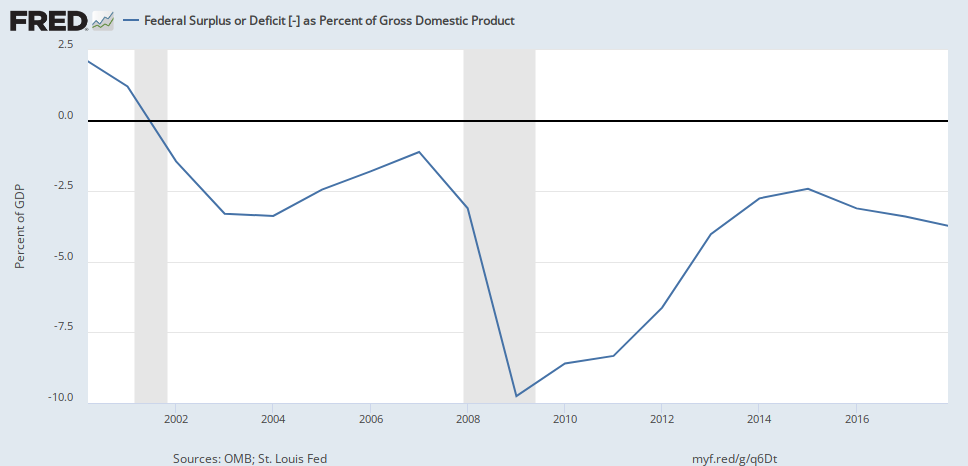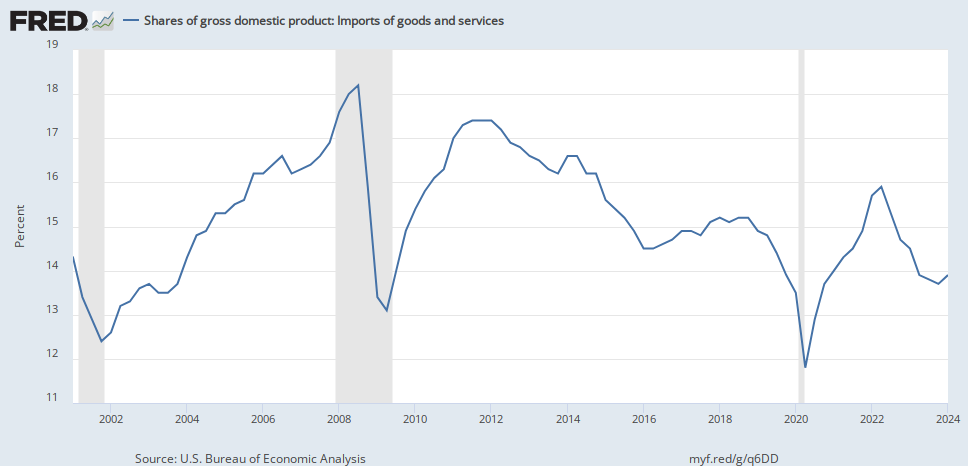Quote
And it doesn’t matter. In the two years and 308 days that Donald Trump has been president, his administration has constructed far more effective barriers to immigration. No new laws have actually been passed. This transformation has mostly come about through subtle administrative shifts—a phrase that vanishes from an internal manual, a form that gets longer, an unannounced revision to a website, a memo, a footnote in a memo. Among immigration lawyers, the cumulative effect of these procedural changes is known as the invisible wall.
In the two years after Trump took office, denials for H1Bs, the most common form of visa for skilled workers, more than doubled. In the same period, wait times for citizenship also doubled, while average processing times for all kinds of visas jumped by 46 percent, even as the quantity of applications went down. In 2018, the United States added just 200,000 immigrants to the population, a startling 70 percent less than the year before.
Before Trump was elected, there was virtually no support within either party for policies that make it harder for foreigners to come here legally. For decades, the Republican consensus has favored tough border security along with high levels of legal immigration. The party’s small restrictionist wing protested from the margins, but it was no match for a pro-immigration coalition encompassing business interests, unions and minority groups. In 2013, then-Alabama Senator Jeff Sessions introduced an amendment that would have lowered the number of people who qualified for green cards and work visas. It got a single vote in committee—his own. As a former senior official at the Department of Homeland Security observed, “If you told me these guys would be able to change the way the U.S. does immigration in two years, I would have laughed.”
Senior adviser Stephen Miller is usually regarded as the White House’s immigration mastermind, but his maneuvering is only a sliver of the story. The most fine-grained and consequential changes would never have been possible without a group of like-minded figures stationed in relevant parts of the government—particularly the United States Citizenship and Immigration Service, the agency within DHS that administers visas. Early in Trump’s presidency, said the former DHS official, there was a “strategic sprinkling” of people who “shared a common vision and were ready to outwork everybody.” They included Gene Hamilton, Miller’s “terrible sword at DHS” (his actual title was senior counselor to the secretary), and Francis Cissna, the soft-spoken former head of USCIS whom colleagues describe as “an encyclopaedia of immigration law” and “a total immigration nerd.” “If you said to him, what’s on page 468, second paragraph” of the Immigration and Nationality Act, another former DHS official marveled, “he would quote it to you.”
Amidst the chaos at DHS, the restrictionists have already radically scaled back America’s asylum and refugee programs for years to come. But no category of immigrant ( 1 ) has escaped the uptick of denials and delays—not the Palestinian student with a Harvard scholarship who was deported upon landing in Boston, or the Australian business owner forced to leave after building a life here. Not the Bolshoi Ballet stars who somehow failed to meet the criteria of accomplished artists, or the Iraqi translators who risked their lives for the U.S. military and whose annual admissions went from 325 to just two after the change in administration. Then there are the consequences that are harder to capture in headlines or statistics: the couples whose marriages broke down when the foreign spouse was forced to wait far longer than usual in their home country, and the unknown number of people who have abandoned the attempt to stay because of financial hardship or the strain of living with a level of uncertainty that becomes untenable.
“What became clear to me early on was that these guys wanted to shut down every avenue to get into the U.S.,” the first former senior DHS official said. “They wanted to reduce the number of people who could get in under any category: illegals, legals, refugees, asylum seekers—everything. And they wanted to reduce the number of foreigners already here through any means possible.” No government in modern memory has been this dedicated to limiting every form of immigration to the United States. To find one that was, you have to go a long way back, to 1924.
More

 Help
Help




